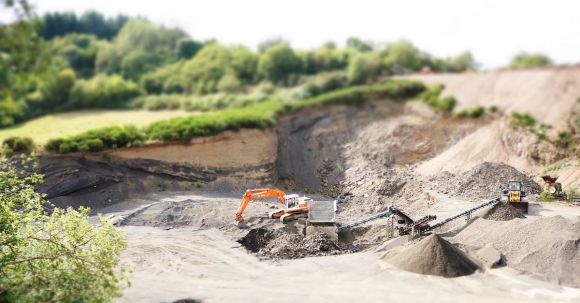The construction industry is one of the most dangerous occupations, and excavators are no exception. The large, powerful machines are often used in a variety of settings and can be hazardous in the wrong hands. To protect workers and ensure the safe operation of excavators, it is important to follow safety protocols. This article will take a look into excavator safety protocols, and how they can be implemented to ensure safe operation.
Overview of Excavator Safety
Excavator safety protocols are designed to ensure that operators and workers are safe when working with excavators. These protocols include the proper use of safety equipment, such as hard hats, safety glasses, and protective footwear, as well as the proper operation of the excavator itself. Additionally, operators should be aware of their surroundings and potential hazards, as well as any potential underground or overhead hazards.
Risk Assessment
Before beginning any excavation work, it is important to conduct a risk assessment. This assessment should include a review of the worksite, including any potential underground or overhead hazards, as well as the physical capabilities of the excavator. Additionally, the risk assessment should consider any potential environmental hazards that may be present, such as flooding or hazardous materials.
Operator Training and Qualifications
It is important that all excavator operators are properly trained and qualified to operate the machine. Training should include an understanding of the machine’s controls, safety protocols, and emergency procedures. Additionally, operators should be aware of any potential hazards that may be present onsite.
Pre-operation Checks
Before beginning any excavation work, it is important to conduct pre-operation checks. This includes checking the excavator for any potential hazards, such as loose or broken parts, leaks, or other potential safety issues. Additionally, the fuel and oil levels should be checked to ensure that the excavator is safe to operate.
Safety Equipment
Any excavator operator should be wearing the proper safety equipment, including a hard hat, safety glasses, and protective footwear. Additionally, operators should be wearing reflective clothing and be aware of their surroundings.
Emergency Procedures
In the event of an emergency, it is important that operators are aware of the proper emergency procedures. This includes shutting down the machine and alerting any other workers onsite. Additionally, operators should be aware of any potential evacuation routes and be prepared to evacuate if necessary.
Conclusion
Excavator safety protocols are designed to ensure that operators and workers are safe when working with excavators. These protocols include the proper use of safety equipment, conducting risk assessments, operator training and qualifications, pre-operation checks, and emergency procedures. By following these safety protocols, operators and workers can ensure that they are safe while working with excavators.






